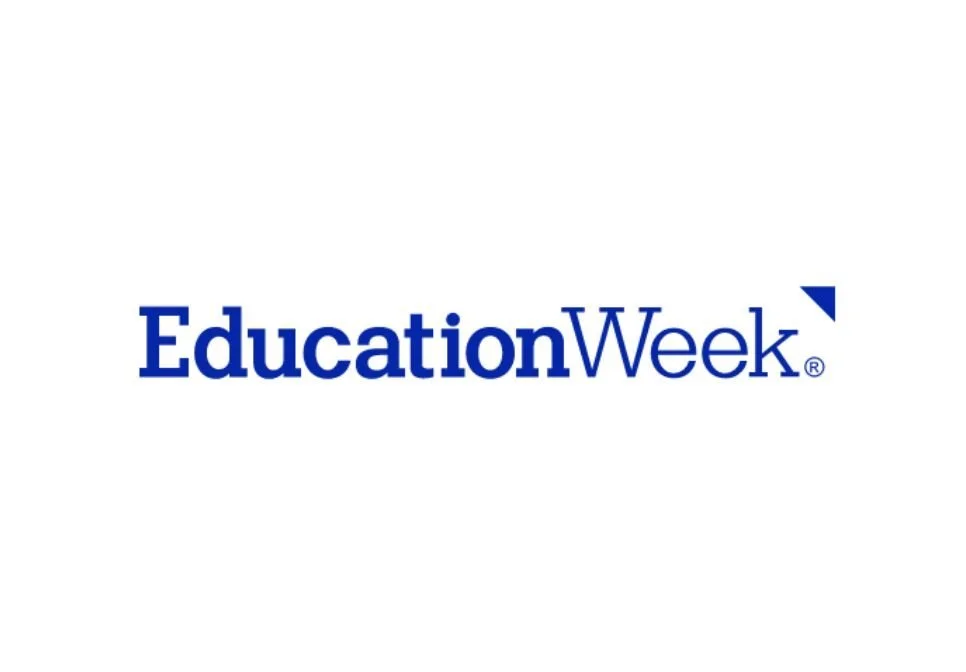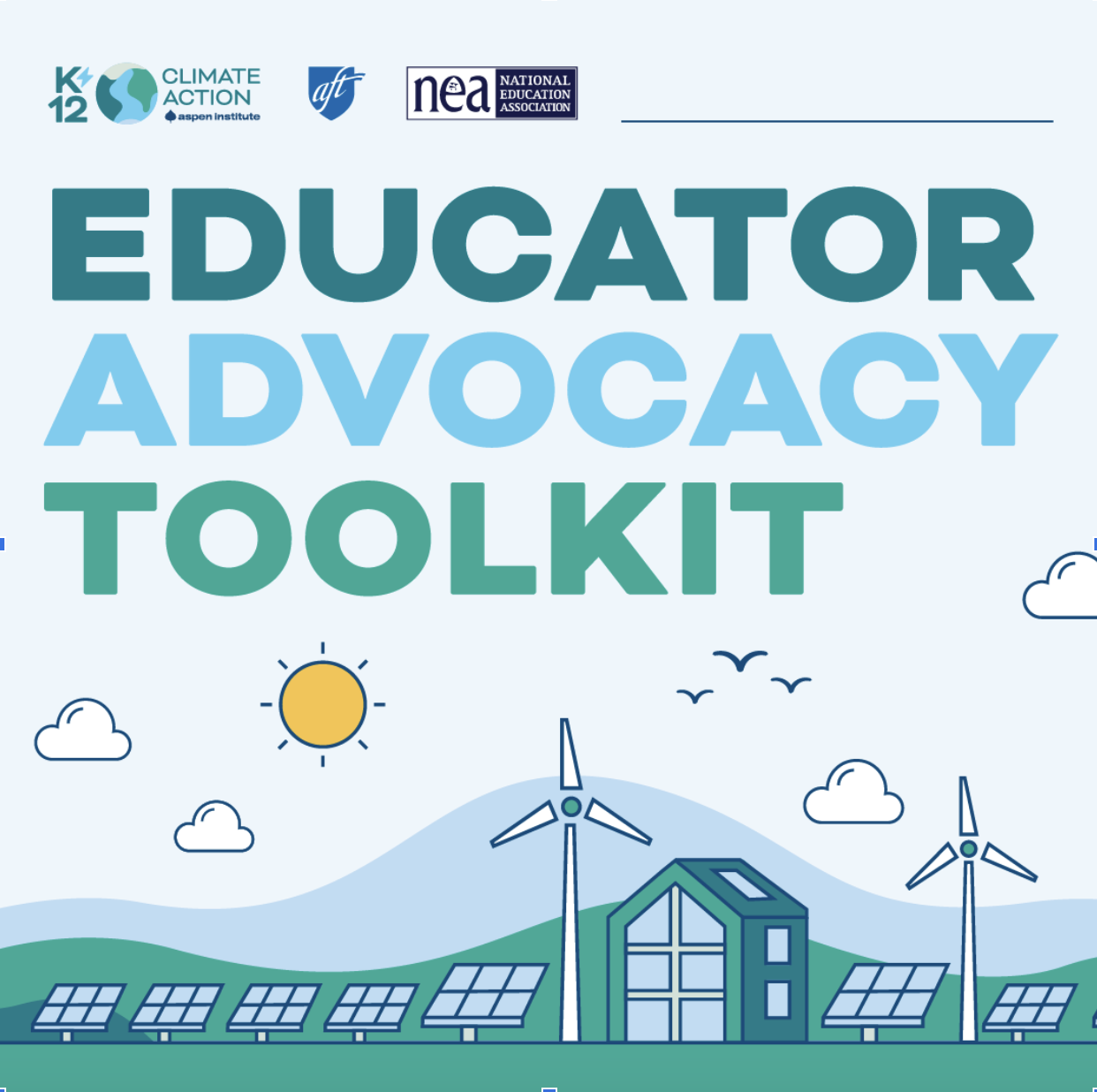Educators can prepare children and youth for success in our changing climate.
As climate change reshapes our world, educators can help young people develop the climate understanding, knowledge, and skills needed to thrive.
This Is Planet Ed
A national initiative with the Aspen Institute mobilizing action across early years, K–12, higher education, and children's media
-
Early Years Climate Action seeks to build partnerships with caregivers, providers, doctors, researchers, and community leaders from across the country to support our youngest children and their families in a changing climate. By supporting our youngest children and their families, we lay the foundation for a more resilient and just society for generations to come.
-
K12 Climate Action seeks to unlock the power of the K-12 education sector to be a force for climate action, solutions, and environmental justice to help prepare children and youth to advance a more sustainable, resilient, and equitable society.
-
Higher Ed Climate Action seeks to fully mobilize higher education—the students, faculty, institutions, and systems–to act collaboratively to foster a climate safe, just, and vibrant future.
-
Planet Media seeks to harness the reach and influence of media to support children and their families in building scientifically-grounded awareness and understanding of climate science and solutions to empower them to take action.
Toolkits from This Is Planet Ed
-

Schools Spend $30 Billion on Tech. How Can They Invest In It More Wisely?
Arianna Prothero, Education Week
“Schools can have a big impact leveraging their purchasing power in order to reduce technology-related carbon pollution,” she said. “If the technology itself is more energy efficient, then they’re reducing their energy use. And if the products themselves last longer, then they are not putting the demand or pressure on the system to create new products quickly.” -

Nearly half of teens can't identify what causes climate change. Why that matters
Arianna Prothero, Education Week
“People [are thinking about] how to integrate AI into education because they see that as something that will be impacting jobs, the way we interact with each other, and the world in the future. Climate is doing that exact same thing: it’s impacting jobs, and it’s impacting how and where we live.”
-

Dozens of Charleston County schools are in flood zones. Can they weather a warming world?
Valerie Nava, Jonah Chester and Toby Cox, The Post and Courier
“ It's really problematic for the workforce, because parents need to navigate the disrupted learning,” Schifter said. “Schools are a part of the fabric of our community. When there are disruptions that our schools face, it impacts more than just the students and educators in the building.”
Read here -

Record-breaking heat dome disrupts summer school, student activities
Lexi Lonas Cochran, The Hill
“One of the most important things to just acknowledge is that with our changing climate, heat waves like this are going to be more common occurrences, and heat waves in general are going to be more intense than they’ve been in the past.”
An essential guide to advance climate solutions in schools
Students, Schools, and Our Climate Moment is the essential, practical guide for K-12 educators and leaders navigating the new reality of a changing climate.
What You Will Get:
A Clear Framework: Discover the essential pillars of school-based climate action and learn where your school can start right now.
Practical Solutions: Get concrete strategies for integrating climate into every subject, addressing student climate anxiety, and managing facility risks from extreme weather.
Inspiring Stories: Read real-world examples and case studies from dedicated students to innovative teachers and superintendents who are already leading this work.
The Power of Connection: Understand how investing in climate education directly benefits your core mission—improving student well-being, boosting academic engagement, and ensuring positive outcomes for all children.






